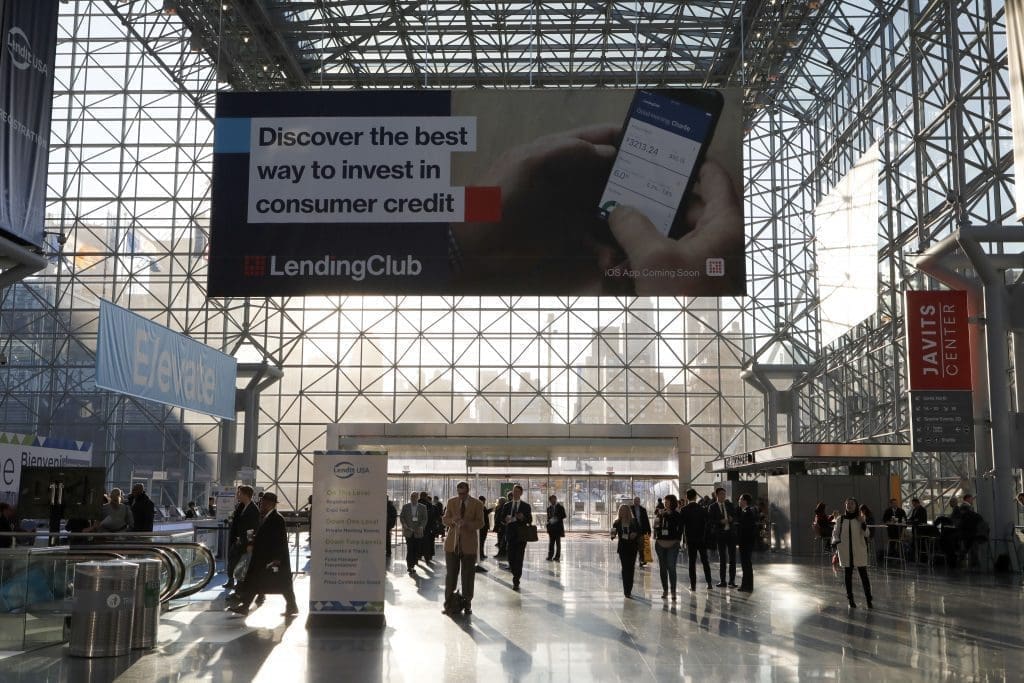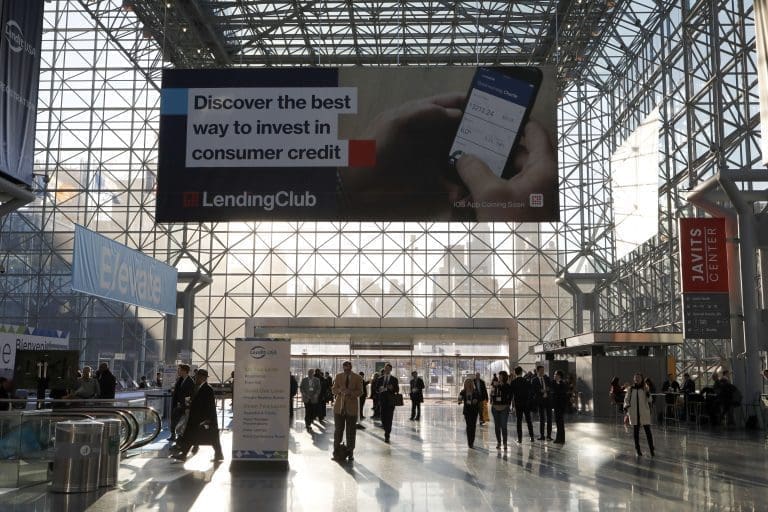
There is big news out of LendingClub today for their tens of thousands of retail investors. They have given notice that they are closing down their Notes platform at the end of the year and individual investors will no longer be able to invest in any loans originated by LendingClub.
This is a disappointing development for the industry, as LendingClub was a pioneer in peer to peer lending, and for me personally as I have multiple LendingClub accounts going back more than a decade.
All investors should have received an email this morning detailing their plans. Here is an excerpt from that email:
As we move towards becoming a full-spectrum fintech marketplace bank, we have looked closely at our current and future product suite and have started development of new products to help our members keep more of what they earn and earn more on what they keep. Unfortunately, under a prospective banking framework, it is not economically practical for LendingClub to continue to offer Notes. So, we had to make the difficult decision to retire the Notes platform effective December 31, 2020.
While LendingClub began in 2007 as 100% focused on individual investors over the years it has moved to a much more institutional investor-focused approach. This was understandable as it is difficult to originate huge loan volumes on the back of just retail investors.
It is true that LendingClub has deemphasized individual investors over the past several years. We saw that the loan trading platform was closed down earlier this year, we have seen investors in some states being locked out of investing, increased investment minimums and there have been few, if any, new innovations for retail investors in many years.
Now, we are coming to the end of an era. The peer to peer lending model has not proven to be the wonderful innovation that it promised. There are virtually no platforms operating at scale today that have a pure retail investor approach. UK platform Ratesetter was probably the biggest, at least in the West, and that was sold earlier this year to a traditional bank for a fraction of what it was once worth.
The Lend Academy Investor Forum has been very active today with this news so if you are interested in unfiltered commentary from individual investors check out this thread. One of the forum members, Brad C, agreed to provide this formal comment for inclusion here:
The closing of the retail platform is somewhat bittersweet for me. I started investing in notes in 2009 so I remember the initial excitement and buzz around peer-to-peer lending. The last few years it’s been obvious that LendingClub was deemphasizing the retail platform as part of the business model. I am not a totally surprised they are ending it, but had expected they would attempt to integrate it into the new banking platform since they were one of the original peer-to-peer lending companies. I feel a sense of loss in terms of the initial concept of peer-to-peer lending being dead at LendingClub. I bought into that idea of regular people helping each other with loans while cutting out the big banks/financial institutions taking advantage of people. It seems like we’ve gone full circle from the original peer-to-peer lending model to now back to big banks/institutional investors controlling lending.
I also reached out for a comment from industry pioneer Matt Burton, the founder of Orchard (acquired by Kabbage in 2018) and now a partner at QED Investors.
While the fintech industry has been moving away from peer-to-peer lending (P2P) since 2016, Lending Club’s decision to shut down its retail P2P platform marks the end of an era. P2P Lending was my entry into the fintech space in 2010. During its rise it had the promise to transform lending into a more transparent and democratic process. Hopefully, future entrepreneurs will find a way to break through where P2P failed.
I have averaged probably around a 7% return at LendingClub (see details of my returns here) since I started investing back in 2009. While I liked the peer to peer aspect of the business, I was drawn to the non-correlated returns of this asset class. It has been a staple of my investment portfolio for over a decade. I will now have to look for other alternatives.
A representative from Prosper reached out to me today reminding me that they are still open for investment and remain 100% committed to retail investors. By the end of the year they will be the only game in town so I will certainly be increasing my investments there.
What I Would Like to See LendingClub Offer Down the Road
While this is the end of peer to peer lending at LendingClub I don’t believe it is the end of investment opportunities backed by consumer credit. There was this part of the email that caught my attention:
People helping people is core to who we are as a company and we’re scoping new products that would retain the peer-to-peer spirit of Notes under the prospective banking framework.
So, once the acquisition of Radius Bank has closed and the regulators give their blessing I expect we will see some new products from LendingClub. Here is what I would like to see:
- CD-type product that is backed by consumer loans – this would have a long lockup (at least a year) and pay higher interest than regular CDs. I would like to see an FDIC-insured option and an uninsured option to earn more interest (not sure if regulators would bless this but I think it would be popular).
- Floating interest account with a floor – I would love to see a fund-type product that pays 3-4% but with a floor of 2%. This would not be FDIC-insured but would provide investors an opportunity to earn some of the returns from consumer credit.
- High interest savings account – a liquid option that pays the highest rates in the country. I could envision a savings account that pays 3% or more, again with the LendingClub bank using very low cost capital to invest in their own loan portfolio.
- Investor marketplace – Scott Sanborn first teased this idea in his LendIt keynote in 2017 and I always thought it was compelling. I would love to be able to invest through LendingClub in a range of alternative assets such as consumer loans, small business loans, fix and flip real estate loans and auto loans.
Of course, once they become a regulated bank I realize some of these products may be very difficult to implement. But I hope and expect they are working right now on creating something completely different that would be compelling for investors.
The news today will not be received well by their investors and they will need to work hard to woo them back. A groundbreaking new investment option would be the best way to do that.


